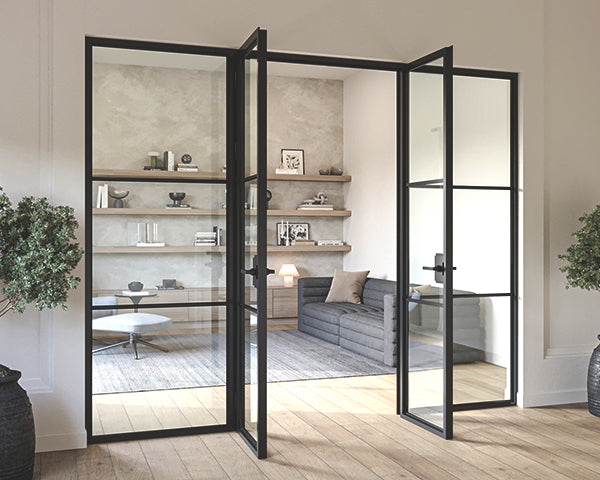Cold Climate Advisory
While our premium iron doors are built from durable steel for unmatched strength and elegance, they can experience thermal transfer in extreme cold, potentially leading to interior condensation. Since metal is a natural conductor, significant temperature differences between your home’s interior and the outdoors can result in this effect.
For cold climate regions, we highly recommend purchasing a thermally broken door to reduce heat transfer and minimize interior condensation, ensuring your home stays comfortable and well-protected.
To combat this, standard foam insulation alone may not fully prevent it—our expertly designed thermal barrier solutions provide an essential layer of protection, helping to minimize the risk of condensation.
The U.S. map below shows the 'frost areas' by state, with blue-shaded areas typically experiencing harsher winters and classified as cold climate regions.
Note: higher elevations are often colder, which increases the likelihood of frost formation.

A thermal break significantly improves the energy efficiency of an iron door by preventing the transfer of heat or cold between the interior and exterior steel surfaces.
Average U-Factor of Doors
| Door Type | Typical U-Factor | Notes |
|---|
| Uninsulated solid iron door | 0.60 – 1.20 | Poor insulation, conducts heat easily |
| Foam-insulated iron door | 0.35 – 0.60 | Better, but still lacks thermal break |
| Thermal break iron door | 0.20 – 0.30 | Meets or approaches energy code standards |
| Thermal break + low-E glass | ~0.20 or better | Can qualify for Energy Star in many zones |
| Solid wood door | 0.30 – 0.50 | Naturally insulates well, but can warp or shrink over time |
| Wood door with insulated core | 0.25 – 0.35 | Enhanced performance, but still less durable than steel or iron |
*The source of this data is chatGPT 😊
🚪If you would like a thermally broken door order a custom one here or contact us for a custom quote.

Shop IronDoor.com
IronDoor.com is your premier source for high-quality iron doors, offering a wide range of styles from traditional to contemporary, crafted with classic techniques and modern technology.


